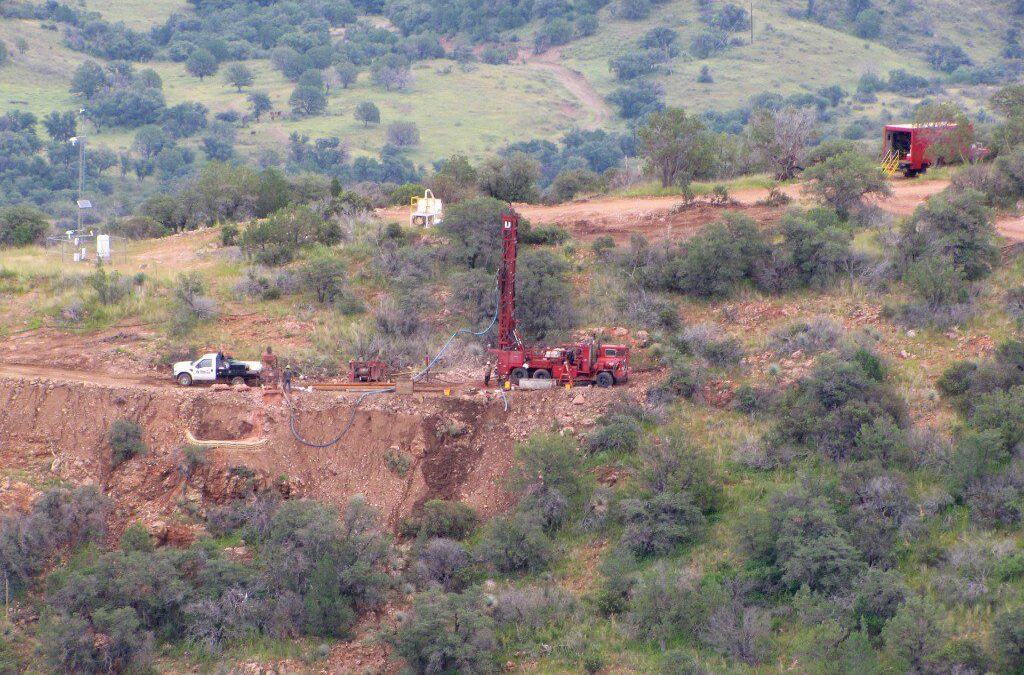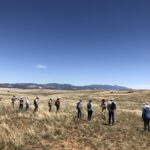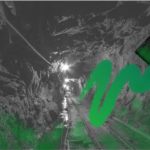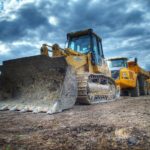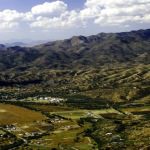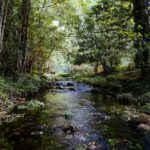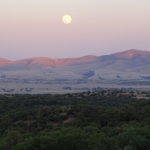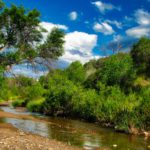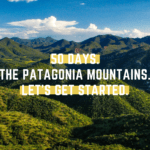The Price We Pay for the Mining Game, By Michael Stabile
A few years back Arizona Minerals, AKA Wildcat Silver, said they had discovered a great big silver deposit up in the Patagonia Mountains. They were going to recover over a million ounces of silver at a lower cost then any other silver mine in the country. They also had incredible amounts of manganese associated with the silver. They couldn’t say enough about their discovery. They did extensive exploratory drilling on their private landholdings to try and prove its value. They made two attempts to come onto public land for more exploration, but they backed down from both. Then there was silence; no more talk of the open pit silver mine. Was there a problem with the extraction of the silver from the manganese carbonate?
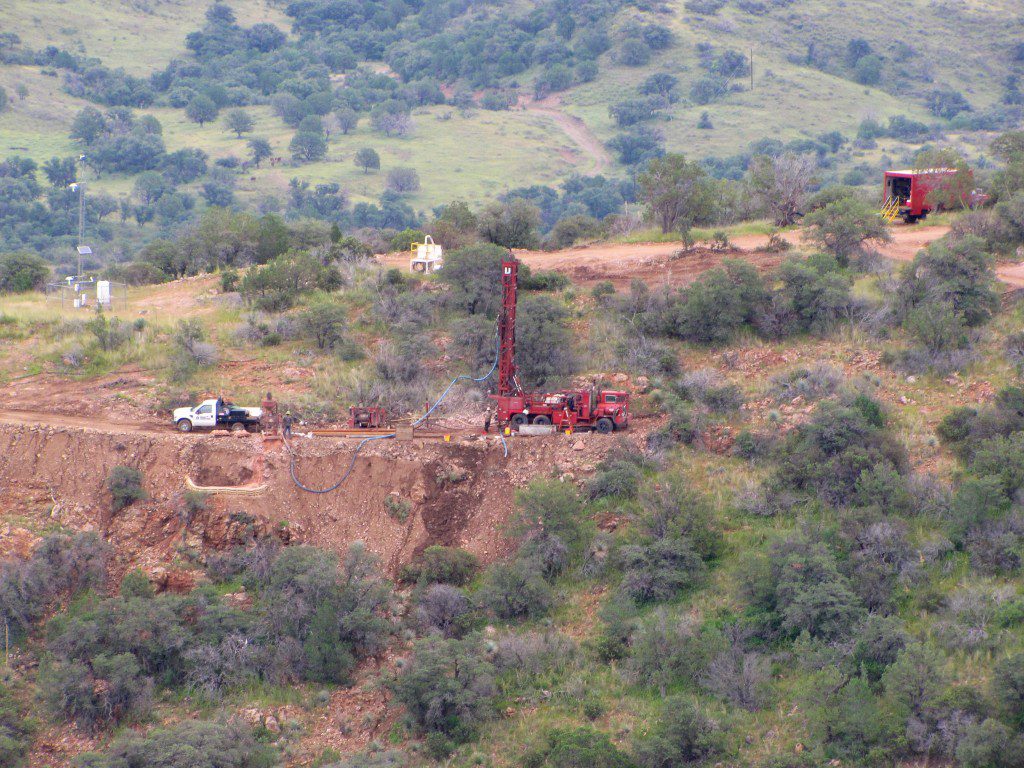
Wildcat Silver / AZ Mining Inc mineral drilling
That process was a difficult one, very dirty and not very productive. The cost of the project was estimated to be about $800,000,000 and water use approximately 1.5 billion gallons yearly. They still talk about the Hermosa project, originally called “Hardshell,” on their website, but have made no more effort to proceed with the mine plan.
Suddenly there was talk from people associated with Arizona Minerals about a new and better discovery: lead and zinc with some silver. This discovery was on land they purchased from the state, called the ASARCO Multi-State Environmental Custodial Trust. ASARCO was a mining company that operated here in Arizona, as well as other states, and went bankrupt and left behind a legacy of Superfund sites. Here in our neck of the woods ASARCO operated the Trench Mine which has been polluting the waters of Alum Gulch and Flux Canyon for years.
Arizona Minerals paid a price of under $100 for 300+ acres for the land — pretty cheap — but for such a low price, they are required to build a passive water control system to contain leaks from the old mine, which would cost upwards of two million dollars. They will also be responsible for any pollution that might escape the area. The new discovery is located on this land, 2,000+ feet below the surface. And in all their investor reports, they are not mentioning the cost of cleaning up the Trench Mine or the incredible costs of extracting minerals at great depth.
I recommend that concerned citizens of Patagonia drive up Harshaw Road and view the destruction that has taken place as Arizona Mining mounts an expedited drilling program to try and prove their discovery. They have closed down the Flux Canyon Road because it is now on their property. Turns out the Forest Service doesn’t have an easement from ASARCO or the state so anyone who wants to enjoy this area – birding, ATVing, hiking, hunting, etc. can no longer access this area.
My biggest concern, and something that should concern every resident of the area about Arizona Minerals, is that they control over 15,000 acres of public lands in the heart of Patagonia’s watershed and some of the most bio-diverse terrain in America. What can we do to protect this area from continued destruction? We the residents, who care about this special place, can make our voices heard. The last thing investors in these mining operations want to hear about is local opposition. This implies that the permitting process will be long, and any return on investment will take years. How do we make our voices heard? Contact state and local officials and state your concern for the watershed, the surrounding habitat where several endangered species live and thrive. Put signs in your yards stating opposition to the mine, We must protect Patagonia, a precious jewel that exists nowhere else in this great country of ours.

